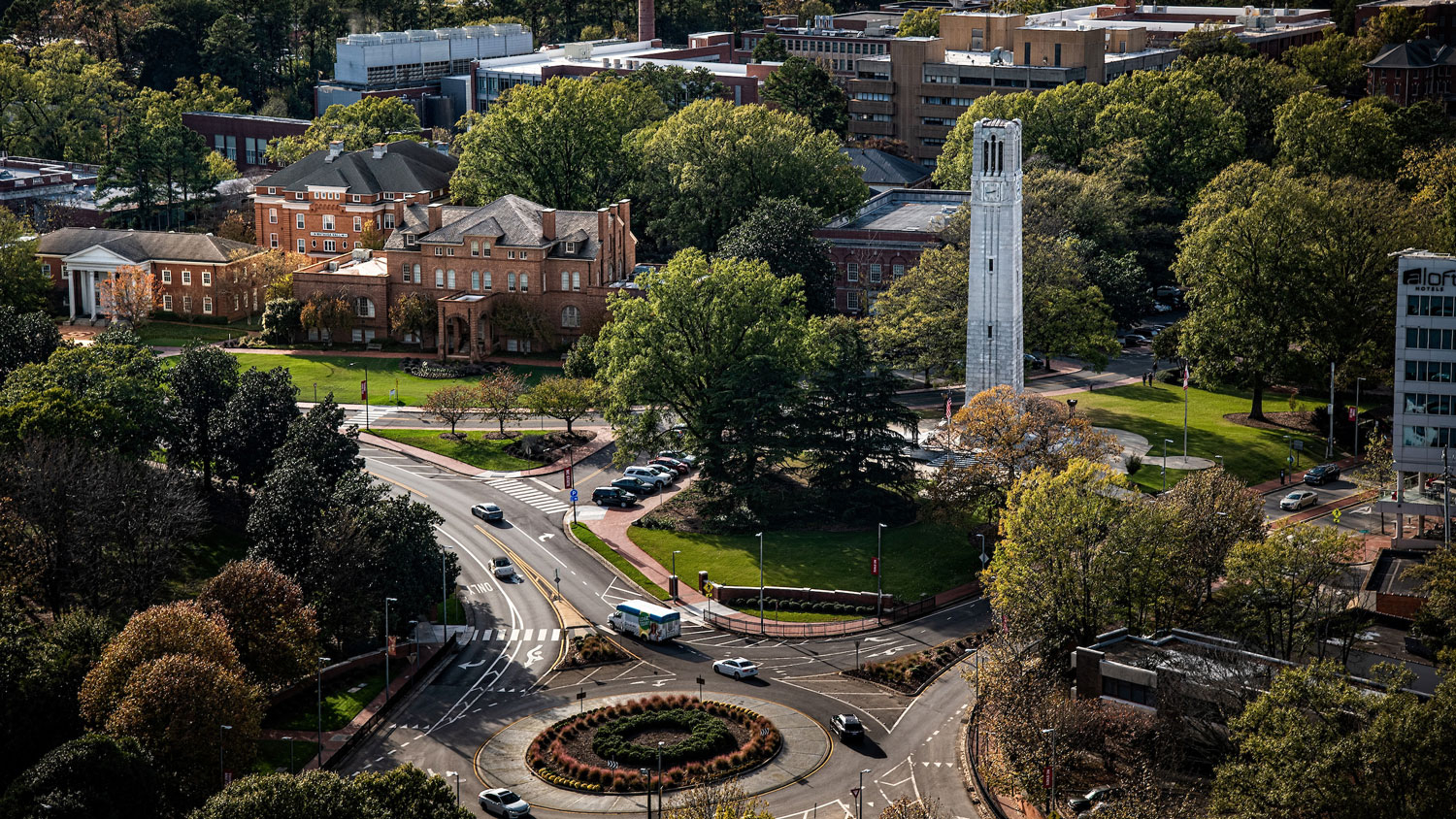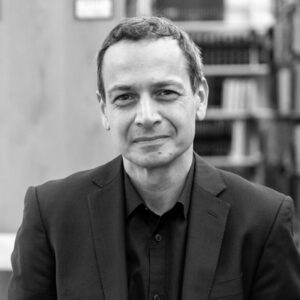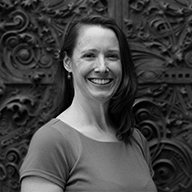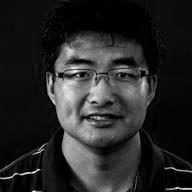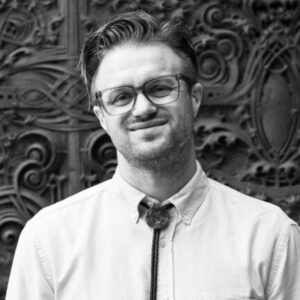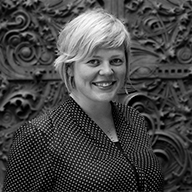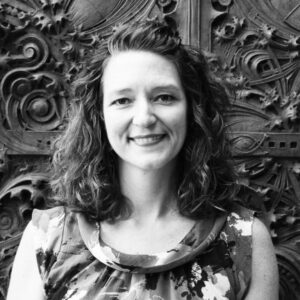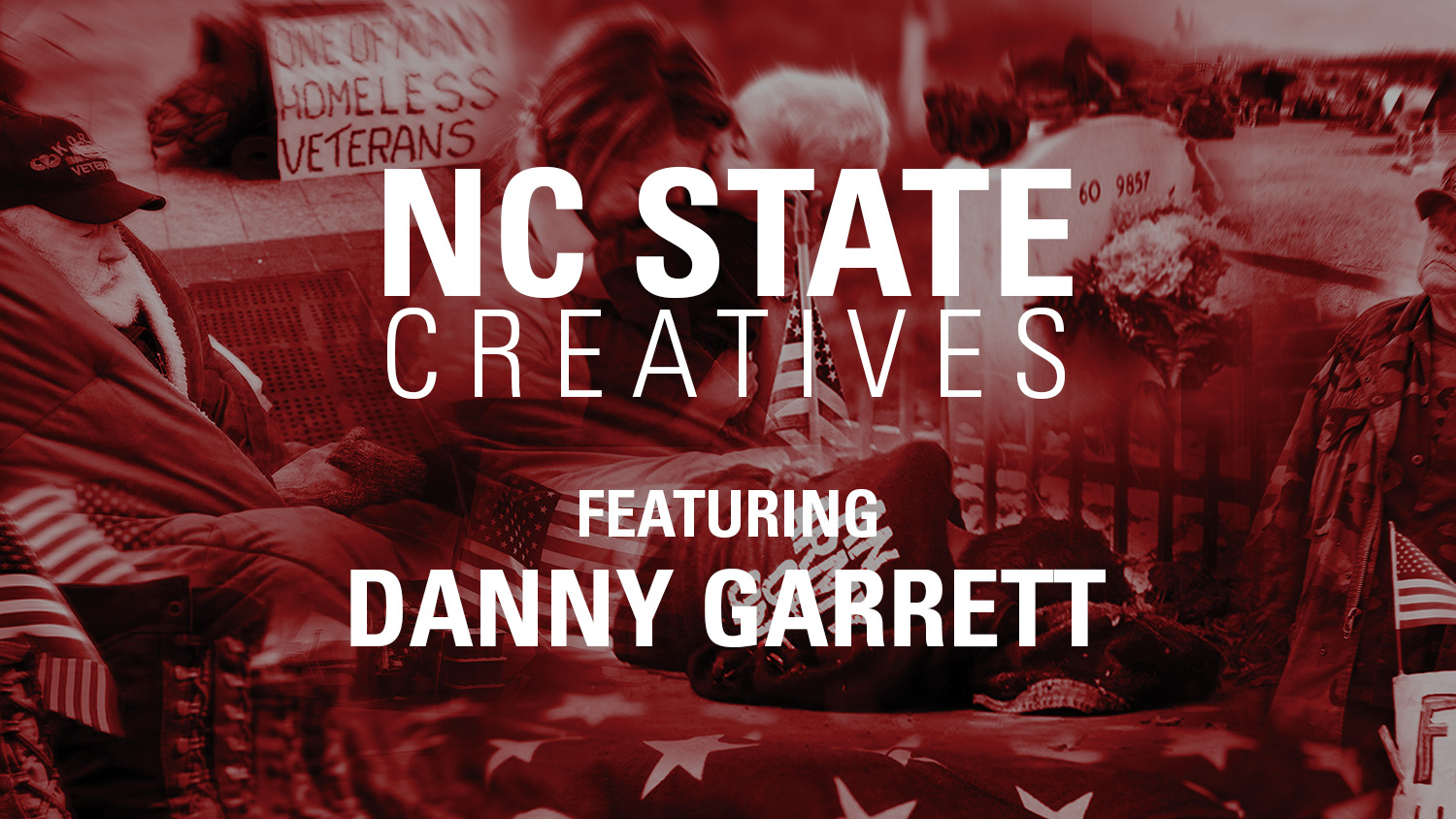MAAS Degree
Explore solutions to the critical issues of the 21st century built environment through a three semester program
The Master of Advanced Architectural Studies is a three-semester, research-based innovative program for committed, self-directed students who have earned a professional degree in architecture, or a degree in a related discipline. It provides opportunities for specialized study in leading-edge areas of the built environment, and a platform to explore solutions to the crucial issues of the 21st century. Students in the MAAS program work closely with a faculty advisor with expertise in students’ areas of study during the duration of their program.
The School of Architecture has four primary focus areas of research and specialized studies – City Design, Energy and Technology, History and Theory and Public Interest Design. They address the design of sustainable, regenerative, equitable and inclusive cities, suburbs, and buildings, and the means to interpret and assess built environments.
School of Architecture Focus Areas

Read More about City Design
City Design focuses on design inquiry and applications that address the challenges and opportunities of 21st-century global cities. It incorporates identity and meaning in urban places, designing integrated systems of movement for increased accessibility, promoting a greater mix of uses within well-scaled urban fabrics, creating equitable and inclusive cities, applying new energy efficiency and production systems, and defining new means of greening cities. This focus area also supports interdisciplinary collaborations between departments at NC State and inter-university studies between NC State and the Department of City and Regional Planning at UNC-Chapel Hill.

Read More about Energy and Technology
Energy and Technology focuses on leading-edge energy, building control, and regenerative technologies in the design of sustainable buildings and built environments. Properly designed energy and control systems can substantially enhance building performance to reduce or eliminate fossil fuel consumption and carbon emissions, or produce energy. This focus area provides opportunities for students to explore new and emerging technologies that meet the challenges of our changing world and address climate change.

Read More about History and Theory in Architecture
Histories and theories of architecture play increasingly important roles in defining and reshaping the boundaries, tasks, and challenges of contemporary architecture and urbanism. This focus area provides a platform for students to build a substantive knowledge base and develop deeper understandings of the crucial issues confronting architecture, urbanism, and the built environment. Critical, multidisciplinary methodologies of interpretation and analysis provide potent means to research and design in the 21st century.

Read More about Public Interest Design
Public Interest Design is a rapidly emerging field with a long history at the School of Architecture. It comprises participatory and issue-based design practices that broaden the public’s access to the benefits of design, and emphasizes the “triple bottom line” of environmental, economic, and social challenges. Through research, field-based, and design methodologies, this focus area provides opportunities for exploring and advancing how design can address a range of critical challenges that global 21st centuries communities face.
MAAS Faculty Research Areas

Jeremy Leonard
Urban Design and Community Planning, Contemporary Practice, Architectural Representation
Faculty bio
Who is this program for?
The MAAS program is for:
- Students who hold a professional degree from a NAAB-accredited architecture program who want to earn an additional advanced degree in architecture.
- Students who hold non-professional architecture or related degrees in other disciplines, who can demonstrate relevant knowledge.
Current Student Research
Read more about the ongoing research of our current student cohort.
Paige Kanipe: Building Deconstruction for Recycling and Reuse
600 million tons of construction and demolition waste are produced in the US annually. This project explores deconstruction, a process in which a building is carefully dismantled, as a more sustainable alternative to demolition. The project includes a material inventory and a deconstruction plan of a campus building to maximize material recovery, identify reuse/recycling pathways, and suggest design changes to better facilitate material recovery. This approach promotes a paradigm shift toward a regenerative built environment that values resource conservation and material stewardship by reimagining buildings as material resources rather than waste at the end of their useful life.
Completed Student Research
Lira Gomes, Terroir, Typologies, and Circular Economies, 2025
Originally rooted in French language, terroir refers to “…the impact of all sorts of natural forces – soil condition, sun, wind, and rain – that enables us to bring primary produce to the table with its own distinctive characteristics” (Meyer, n.d.). More broadly, the term terroir is used to describe the intrinsic identity of a place and its geographical relationship between produce and land. These natural and physical systems of terroir shape not only cuisine but also culture, taste, history, and overall landscape (Hermansen, 2012).
In the context of food, terroir embodies the taste of a place through locally sourced ingredients and culinary techniques that highlight the essence of a dish. Design terroir can be similarly described as the constructed identity of a space and embedding locality through site context, materials, and processes. Much like food terroir, design terroir extends beyond the final product but rather the interconnected systems that prioritize flow over static outcomes, resilience over resistance, longevity over short-term gains—all contributing to the development and identity of a community.
This research investigates food terroir as a framework to reframe architectural design processes. The development of this design process embraces the methodologies of circularity and critical regionalism guided by principles of adaptability, locality, and economy. This approach overcomes resistance to globalization and fosters resilient design alongside 21st century economic thinking- social adaptability, regenerative design, and context-sensitive solutions. Through comparative analysis of case studies on food and architecture, alongside the discourse on circular economies, this study formulates a methodology—akin to a recipe—to recenter design practices in the context of North Carolina.
Marina Mustakova, The role of housing in developing a sense of belonging of international migrants, 2024
Marina Mustakova, The role of housing in developing a sense of belonging of international migrants, 2024
An investigation of the social dimensions of housing that examines the ways in which housing can foster a sense of belonging of international migrants and help them discover a place to call home. Through this exploration, the study aims to highlight the critical role the housing environment plays in developing a sense of belonging and enhancing the overall well-being and social cohesion of migrant communities.
Sophiat Alaran, Mitigating Health Risks Through Moisture-Resistant Wall Assemblies, 2024
Sophiat Alaran, Mitigating Health Risks Through Moisture-Resistant Wall Assemblies: A Comparative Analysis of Design, Climate and Construction Strategies in Lagos, Nigeria and New Orleans, Louisiana, 2024
A study addressing challenges of dampness in buildings and its health impacts, particularly in tropical regions where airtight construction can exacerbate moisture problems. It compares residential buildings in Lagos, Nigeria, and New Orleans, USA to analyze how wall assemblies and construction methods can mitigate moisture-related health risks. By developing a predictive model using climate data, flood analysis, wall assembly components, and material performance, the study identifies strategies for selecting materials and designing wall sections that resist humidity, pests, and mold, ultimately improving indoor conditions and resident health.
Yash Shah, Jugaadu Urbanism, 2024
Yash Shah, Jugaadu Urbanism, 2024
The stereotypical perception of Indian food is a brown “curry” with a protein served with naan or rotis- However, it is far more regionally nuanced and complex. Street food is one of the main factors defining the cultural identity of India. It is the cultural manifestation of the thousand languages and cultures that exist in India. Residing at the heart of every town, city, and village, street food is essential to experiencing India. It is communal, approachable, and societal hierarchies dissolve while standing in line for a simple samosa (an Indian fried dumpling). This thesis proposes using Indian Street Food as a new lens for examining relationships of the contemporary urban fabric. Clusters of impermanent settlements: plastic tents, push carts, and temporary wood structures form the broad network of street vendors. These settlements can be separated into an architectural ‘kit of parts’ defined by construction typologies and socioeconomics. Following Rahul Mehrotra’s framework on impermanence, while “Mapping the Ephemeral Megacity- Kumbh Mela”. This thesis aims to grant architectural agency to these impermanent settlements in contrast to planned architectural and urban landscapes.
Daniel Garrett, Addressing Veteran Homelessness to Combat Veteran Suicide, 2023
Daniel Garrett, Addressing Veteran Homelessness to Combat Veteran Suicide: A New Path Forward for Veteran Housing in Durham, North Carolina, 2023
Veteran homelessness is a major issue on a national level. Homelessness has been defined as not having a “fixed, regular, and adequate nighttime residence”. Veterans account for approximately 7% of the total population, but nearly 20% of the homeless adult population are veterans. Systematic reviews found major risk factors for veteran homelessness include substance abuse, mental illness, financial distress, and lack of social support, which are also the main risk factors identified for veteran suicide. With a suicide rate of 81 per 100,000, veterans are an especially vulnerable group, compared to 23 per 100,000 of civilian adults.
Veteran homeless programs were designed to reduce the overall numbers and ignored the causes of homelessness by treating symptoms rather than the disease. The root causes of homelessness and suicide among veterans must be addressed before such problems are solved. An intervention is needed, and a sustainable, supportive, community-based housing typology, one where veterans feel their voices are heard, will provide just that.
Rosario Dominguez-Tapia, 2023
“Knowledge is power. Information is liberating. Education is the premise of progress, in every society, in every family.” —Kofi Annan, former secretary of the United Nations
Education could be one answer to addressing issues of disproportionate disparities in communities suffering from social, economic and environmental impact. While there has been progress made toward improving the quality and accessibility of education, there is still more work to be done, especially for those that are still marginalized. How can design help bridge the gap between educational resources and providing it to those that are marginalized? Much data has been collected on the correlation between educational attainment and the quality of life for individuals and communities as a whole. Yet there are still many who struggle with obtaining this life-changing opportunity.
The project would aim at addressing the issue of educational attainment by narrowing my research to one specific site, Brunswick County, NC to determine possible solutions for improving the accessibility of these resources available to the community. Project research would cover the area-specific challenges, the community and their assets, collaborators, organizational model and roles, program and activities and performance measures to determine a shared vision of success.
Nicole C. Williams, 2023
Personal car ownership is predicted to decline over the next several decades. The increase in ride sharing, cities reducing or omitting parking minimums, advancements in Driverless Vehicles, as well as countries such as the UK proposing private car ownership bans (Symes, 2022) and urban design pushing less car centric design solutions will leave us with an inventory of abandoned and underutilized parking garages in the future.
The obvious solution of tearing down and constructing a new building to maximize density, use and profit on these highly valuable sites is a developer’s dream come true. Additional tax revenue will also be generated for the municipalities that these sites reside in. My project aims to show that the social and environmental costs of doing so, outweigh the financial gains and development conveniences of the few.
Furthermore, my project will present adaptive reuse as an alternative solution for these underutilized parking garages. Through over 30 case studies, my project examines the various challenges that come with parking garage adaption and the various intervention methods required. It will explore the opportunities for new adaption design methods. This will include new use types, massing studies, façade studies, phasing approaches, programming, circulation, community and private open space, among other opportunities that have been discovered during my research.
Process and Duration
MAAS is a flexible, innovative, and individualized program that provides students with opportunities to engage in specialized studies. Students choose a research subject and topic as part of their application and work closely with their advisor to design a self-directed program and work with faculty who are experts in the field. Student-led opportunities provide settings to share current research. Teaching and research assistantships are available on a competitive basis.
MAAS is designed to be completed in three semesters. However, students can accelerate completion by applying up to 12 credit hours of graduate electives or studios appropriate to a research area, or other graduate electives from design-related programs, as approved by their faculty advisor after admittance into the program.
Curriculum Template
Program Overview
- Directed Research: 3-6 credits
- Electives (in focus area): 9-12 credits
- Advanced Architectural Studies Project: 15 credits
Total: 30 credits
First Semester (12 credit hours)
- ARC 597 Advanced Architectural Studies Project: 3 credits
- ARC 682 Directed Research: 3 credits
- Elective: 3 credits
- Elective: 3 credits
Second Semester (9 credit hours)
- ARC 597 Advanced Architectural Studies Project: 3 credits
- ARC 682 Directed Research or Elective: 3 credits
- Elective: 3 credits
Third Semester (9 credit hours)
- ARC 597 Advanced Architectural Studies Project: 9 credits
Total: 30 credits
